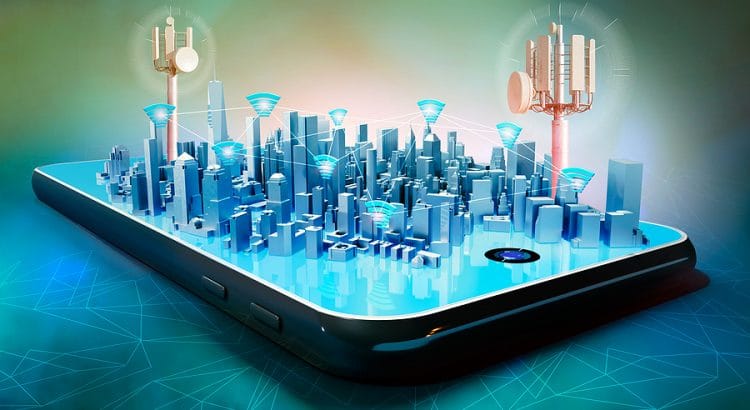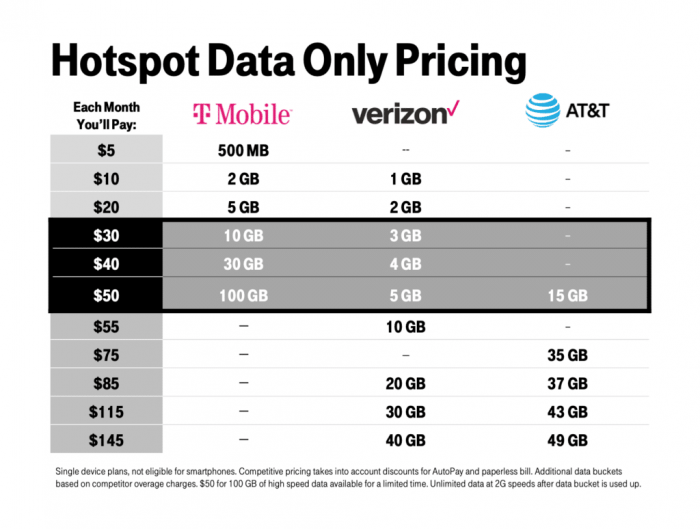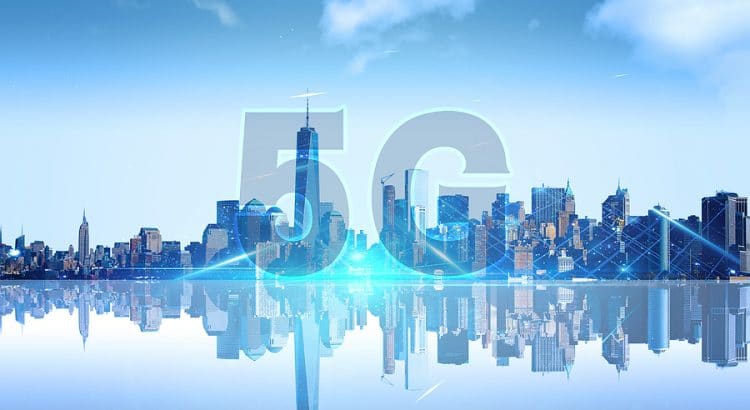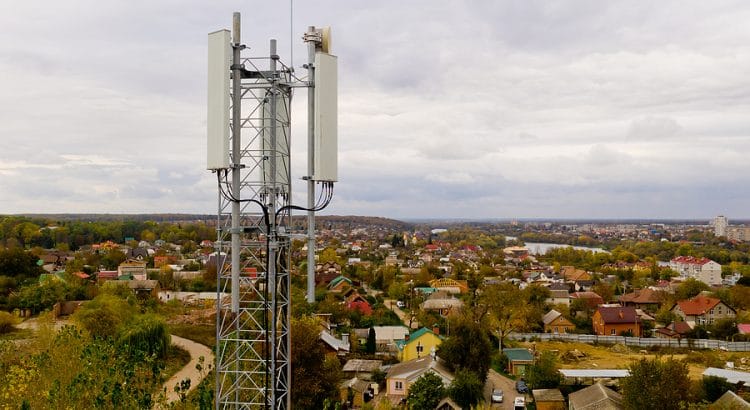In an earlier post about network operators’ plans for phasing out 3G, I wrote:
At one point, Verizon was saying it would mostly phase out its 3G network by the end of 2019. Later, Verizon pushed the deadline to the end of 2020. Today, Mike Dano of Light Reading reported that the deadline has been pushed back once more.
As of this moment, it’s unclear when Verizon will push 3G-only devices off the network. Activations for 3G-only devices continue be prohibited.













